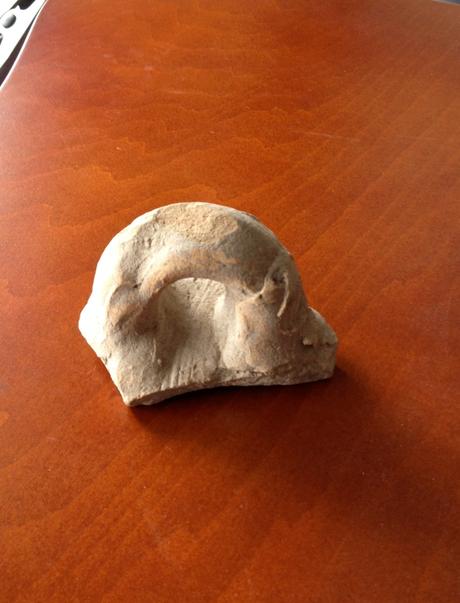So you bought something that worked. It was a simple thing, but you bought it many years ago. Then something happened and the thing got broke. (This could be just about anything here, so please bear with me.) You go to replace said item that worked so perfectly for your needs, only to find fashions have changed and your item is no longer in style. In fact, not even Amazon has anything like it. Or eBay. What is one to do? This recently happened to me again—it doesn’t matter what the item is—and I once again reflected on how changing styles make it difficult to live a life not encumbered by having to keep up with change. Some things need not change styles to be functional, but they do nevertheless. And trying to replace them with exact duplicates can be difficult. Perhaps the solution is to buy two of everything.
The speed of change is amazing. Head-spinning, in fact. Having studied ancient history, I often ponder how civilization got along with minimal change for well beyond a lifespan of an individual. Or generations, even. Take pottery, for example. Innovation was so slow with pottery that—along with its extreme durability—it can be used as a means of dating events in antiquity. There was very little improving an ancient bowl. Its shape was functional and served its purpose well. Why change it? When it was discovered that, say, a rim, made spillage a little less common, that innovation spread and stayed in place for centuries. Until perhaps someone discovered a spout would make for easier pouring. Again, no other “improvements” for centuries.

Today things change, it seems, just for the sake of change. I tend not to replace things unless they really aren’t functional any longer. (That’s how I can afford to buy books, I guess.) My car is old. So is our furniture. To me it seems more eco-friendly to keep things than to be constantly throwing them away to upgrade them. Then something breaks. If that particular item was an impulse purchase in some forgotten store in another state decades ago, good luck trying to replace it. It may be out there somewhere on eBay, I suppose, but hours spend searching for that purchase that was almost an afterthought shouldn’t take hours and hours, and it likely will be even more expensive than anticipated if actually found. Such is the nature of fashion. Some durable goods are just fine the way they were.
